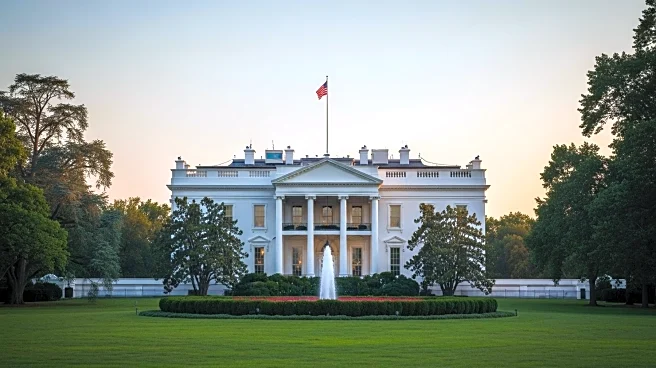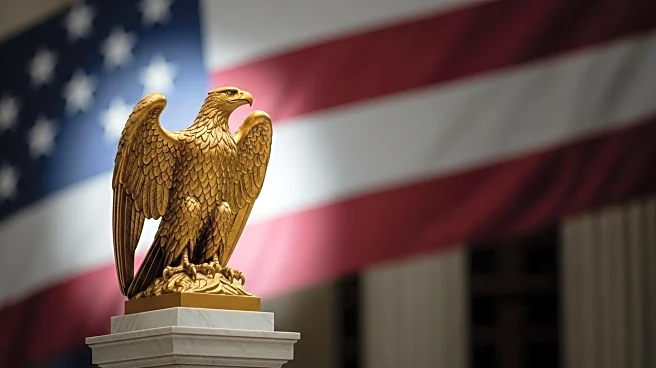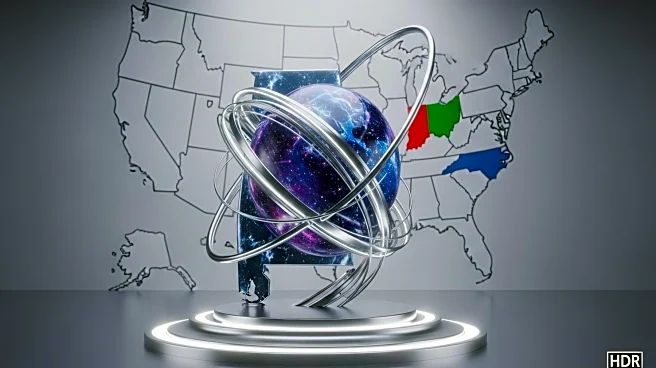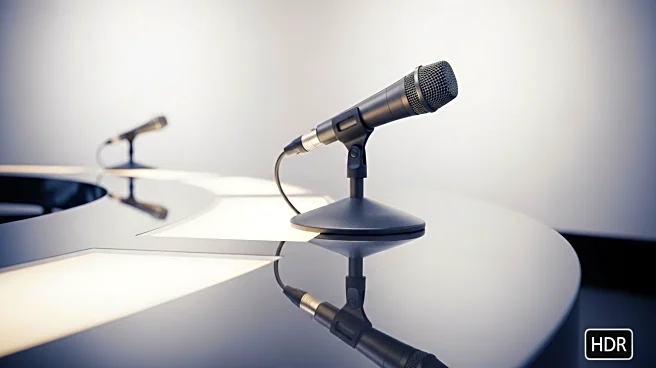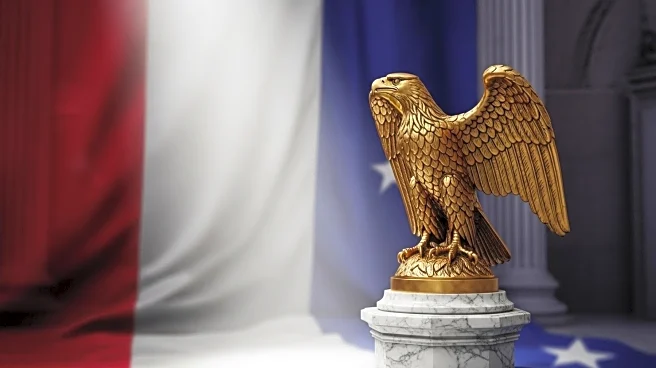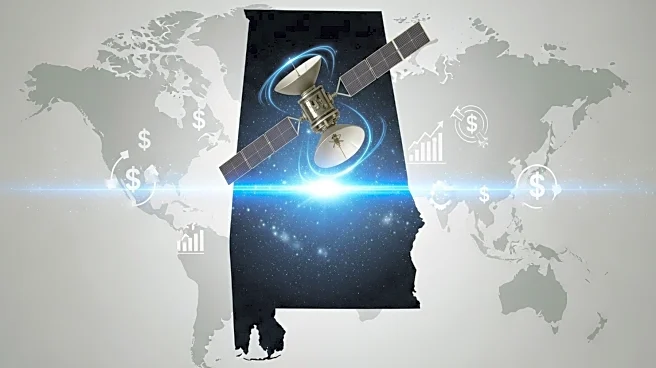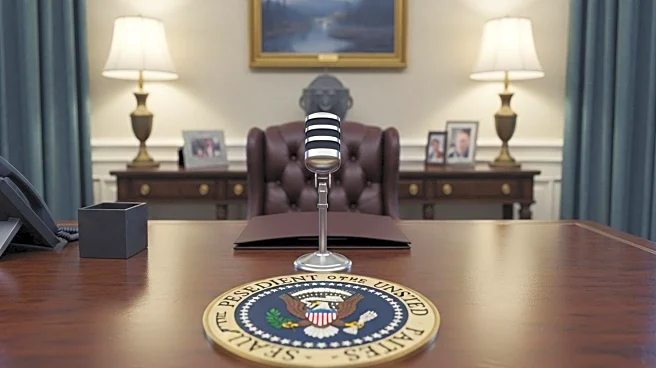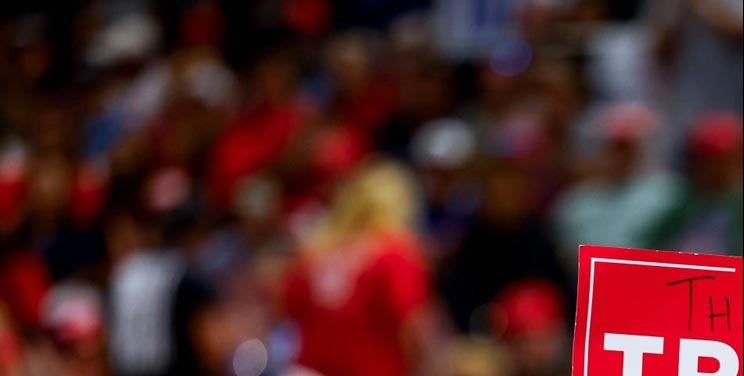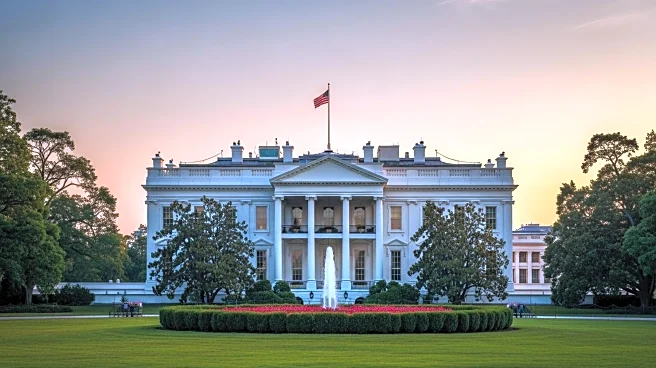What's Happening?
Recent rumors about President Trump's health have circulated widely on social media, leading to speculation about his well-being. These rumors were fueled by his absence from public events over the Labor Day weekend and blurry images of him at his Virginia golf course. Despite the speculation, President Trump appeared in the Oval Office to announce the relocation of the US Space Command to Huntsville, Alabama, dismissing the rumors as 'fake news.' The White House has attributed visible bruising on Trump's hand to frequent handshaking and aspirin use, while his chronic venous insufficiency has been cited as the cause of swelling around his ankles.
Why It's Important?
The rumors highlight the pervasive nature of misinformation in the digital age, where social media can rapidly amplify unfounded claims. This incident underscores the challenges faced by public figures in managing their image and health narratives amidst an environment ripe with conspiracy theories. The speculation also reflects the intense scrutiny of President Trump's health, comparable to that of his predecessor, Joe Biden. The situation reveals the public's reliance on constant updates from political leaders, and the vacuum created when such figures are absent from the media spotlight.
What's Next?
As President Trump continues his term, the administration may need to address ongoing concerns about his health more transparently to mitigate future speculation. The incident may prompt discussions on the ethical responsibilities of media outlets and social platforms in curbing misinformation. Additionally, political strategists and stakeholders might reassess their communication strategies to ensure accurate information dissemination.
Beyond the Headlines
The episode reflects broader societal issues regarding the consumption of news and the role of social media in shaping public perception. It raises questions about the ethical implications of spreading unverified information and the impact of such rumors on political stability. The event also highlights the cultural phenomenon of 'attention economy,' where public figures are expected to maintain a constant presence in the media.


